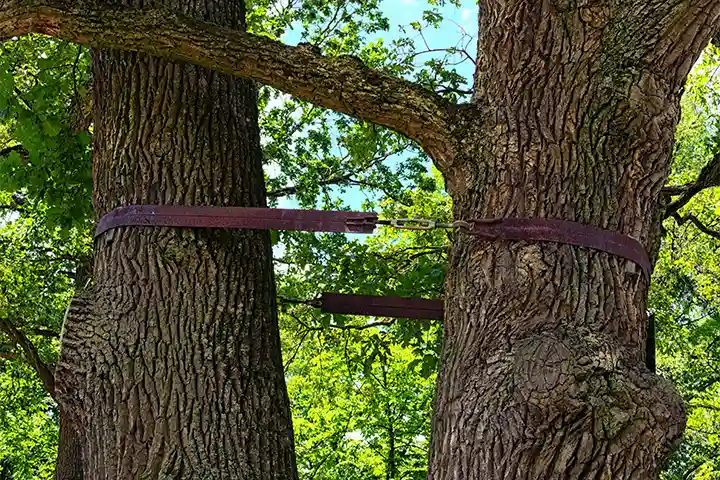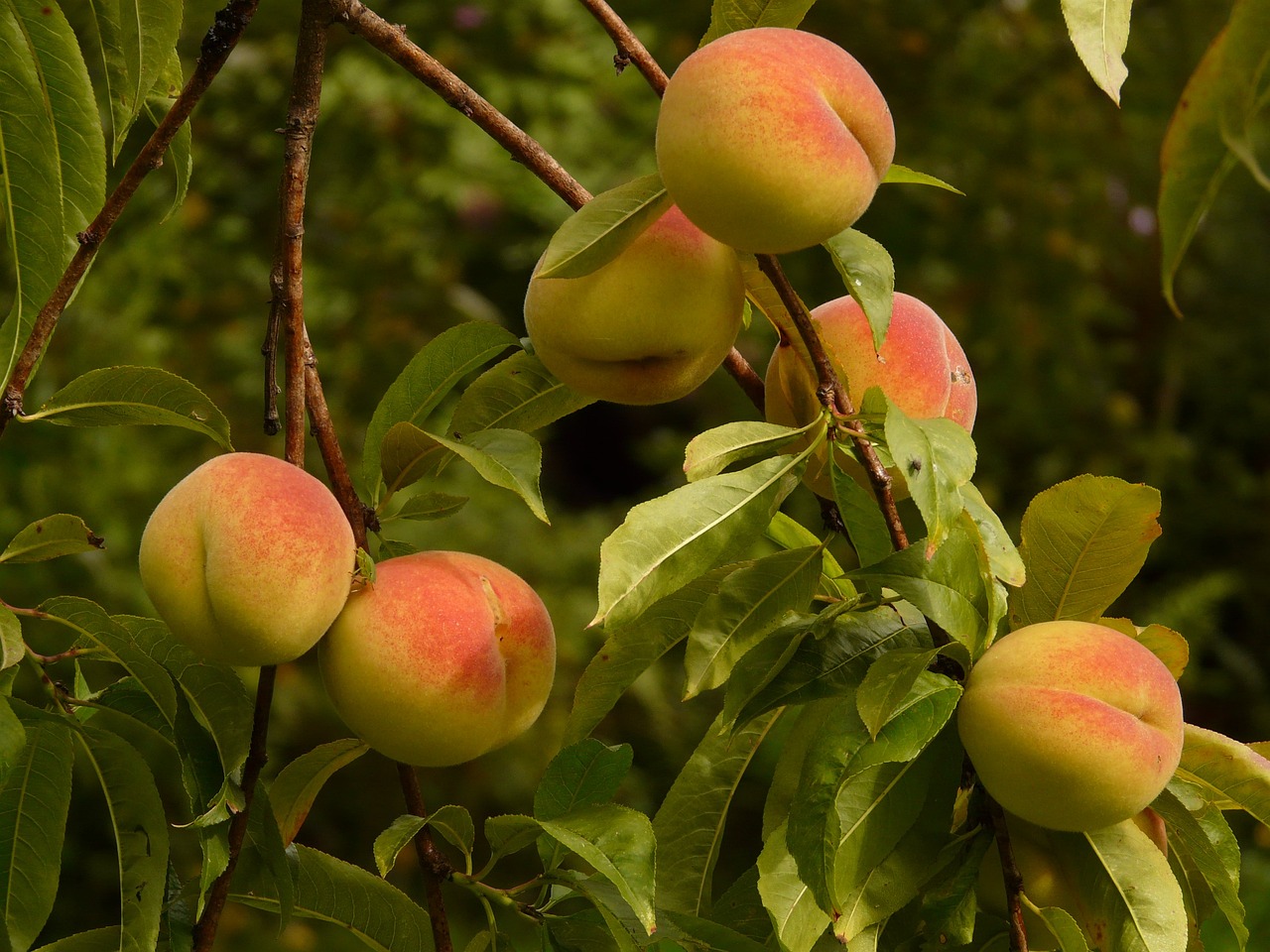Trees are a natural wonder, providing beauty, shade, and a myriad of ecological benefits. However, sometimes they require additional support to withstand environmental stressors, prevent damage, and ensure their longevity. Tree bracing is a technique used to reinforce weakened or structurally compromised trees. Let’s delve into the fundamentals of tree bracing and its importance in maintaining healthy, robust trees.
Understanding Tree Bracing
What is Tree Bracing?
Tree bracing involves the strategic installation of supportive hardware, such as cables, braces, or rods, to provide supplemental support to a tree’s structure. This technique is primarily used for trees with weakened limbs, split trunks, or trees at risk of failure due to structural issues.
When is Tree Bracing Necessary?
Weak or Split Branches: Trees with heavy limbs or branches that are splitting or showing signs of weakness benefit from additional support.
Multiple Trunks: Trees with multiple trunks that are at risk of splitting apart due to wind or storms might require bracing.
Decay or Structural Damage: Trees with internal decay or structural damage that compromises their stability often need bracing to prevent further damage or collapse.
How Does Tree Bracing Work?
Tree bracing involves the installation of cables, rods, or braces between limbs or trunks to redistribute stress and reinforce weak points. This technique helps stabilize the tree and prevents further structural damage, allowing it to heal and grow more securely.
The Importance of Tree Bracing
Enhancing Structural Integrity:
Tree bracing improves the overall structural integrity of a tree, particularly in areas where the natural structure has been compromised. By providing support to weak sections, it reduces the risk of breakage and failure.
Preventing Hazardous Situations:
Bracing minimizes the potential hazards posed by weakened trees. It reduces the likelihood of falling branches or trees, safeguarding property and individuals from accidents or damage during storms or high winds.
Promoting Health and Longevity:
By supporting weakened areas, tree bracing aids in the tree’s recovery process. It allows the tree to heal and grow, promoting its health and extending its lifespan.
The Process of Tree Bracing
Assessment and Evaluation:
Professional Inspection: Seek the expertise of an arborist or tree care specialist to assess the tree’s condition and determine if bracing is necessary.
Identifying Weak Points: Pinpoint weak or damaged areas that require support.
Installation of Supportive Hardware:
Choosing the Right Hardware: Based on the tree’s condition, select appropriate cables, rods, or braces for installation.
Precise Placement: Install the supportive hardware at strategic points to reinforce weakened sections without causing damage to the tree.
Ongoing Monitoring and Maintenance:
Regular Inspections: Periodically inspect the bracing system to ensure it remains intact and effective.
Adjustments as Needed: If the tree’s condition changes or the bracing system requires adjustments, address them promptly.
Considerations for Success:
Professional Expertise: Consulting certified arborists or tree care professionals ensures proper evaluation, installation, and ongoing maintenance for effective tree bracing.
Timing Matters: Timely intervention with tree bracing can prevent further damage and reduce the need for more invasive measures, such as tree removal.
Tree bracing, when executed effectively, serves as a crucial measure to protect and prolong the life of trees, contributing to a safer and more sustainable environment while preserving the aesthetic and ecological value of your landscape. Consulting with experienced professionals ensures the best outcomes for both your trees and surrounding environment.
Tree bracing is a valuable technique used to strengthen and stabilize trees facing structural challenges. It plays a pivotal role in mitigating risks associated with weakened trees while promoting their health and longevity. However, it’s crucial to emphasize that tree bracing requires expertise and should be conducted by trained professionals such as the team at K-W Tree Expert Co. in Kitchener to ensure the proper assessment, installation, and ongoing maintenance of the supportive hardware. By employing tree bracing when necessary, you contribute to the preservation of trees and the safety of your property and surroundings.



